Joint Osteopathy:
Unlocking Movement, Relieving Pain, and Restoring Function
Why Choose An Osteopath for Your Joints?
Joint osteopathy is a specialised approach that focuses on the assessment, diagnosis, and treatment of conditions affecting the joints, such as the knees, hips, shoulders, elbows, and ankles.
This gentle, hands-on therapy is suitable for people of all ages who experience joint pain, stiffness, or restricted mobility due to a wide range of causes, including arthritis, sports injuries, overuse syndromes, and postural imbalances.
Osteopaths use a combination of manual techniques, such as joint mobilisation, soft tissue manipulation, and stretching, to alleviate pain, improve joint function, and promote overall healing.
By addressing the underlying mechanical and functional issues within the joints and surrounding tissues, joint osteopathy can help individuals regain movement, enhance their performance in daily activities or sports, and improve their quality of life.
Whether you're an athlete looking to recover from an injury, an older adult managing arthritic pain, or someone seeking to prevent joint problems, joint osteopathy offers a safe, effective, and non-invasive approach to optimising your musculoskeletal health
The Benefits Osteopathic Treatments for Joints
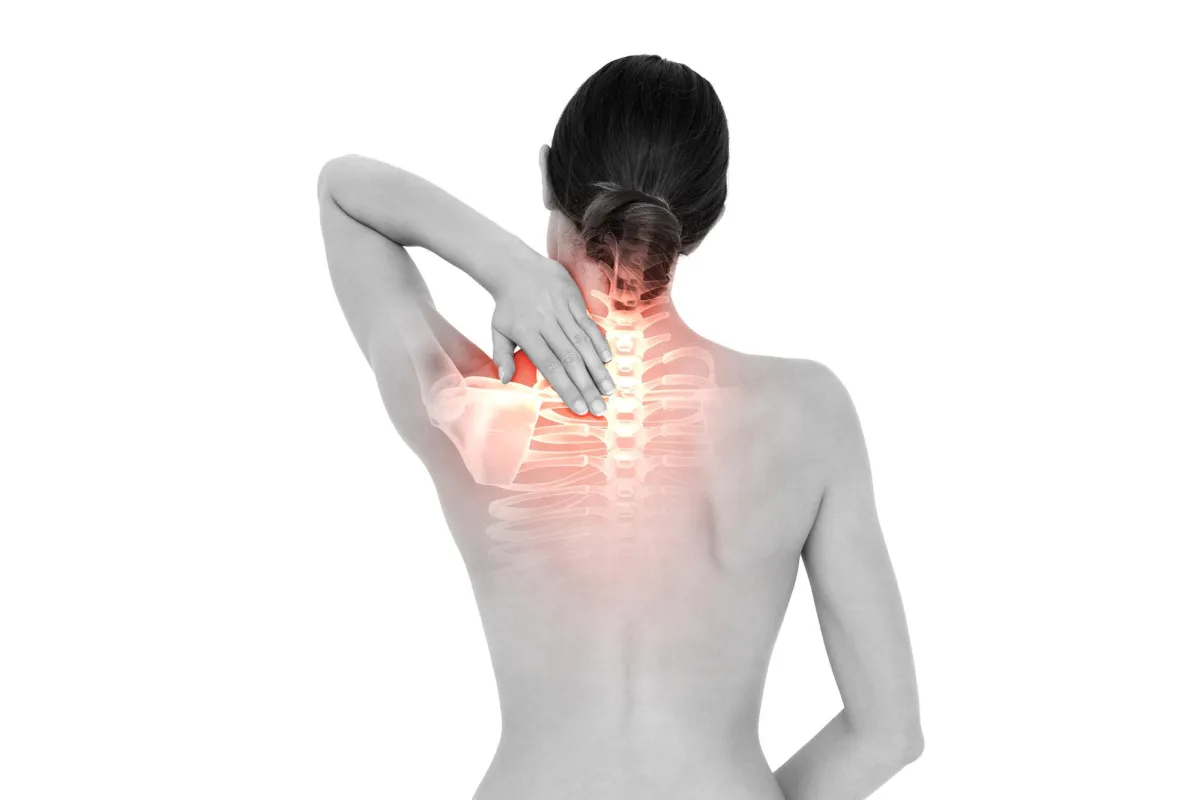
Improved Range of Motion in Frozen Shoulder
Research from the University of Westminster in London has demonstrated the effectiveness of osteopathic treatment for frozen shoulder (adhesive capsulitis).
The study, published in the Journal of Bodywork and Movement Therapies, found that patients undergoing a 12-week osteopathic treatment programme had significant improvements in shoulder range of motion and pain levels.
On average, patients experienced a 65% increase in shoulder flexion, a 71% increase in abduction, and a 58% reduction in pain scores, highlighting the potential of osteopathy to restore joint mobility and function.

Hip Osteoarthritis Symptom Management
A pilot study conducted by the London Osteopathic Society investigated the effects of osteopathic treatment on patients with hip osteoarthritis.
The study, presented at the Osteopathic International Alliance Conference, found that after a 12-week treatment programme, patients experienced a 52% reduction in pain, as measured by the Visual Analogue Scale (VAS). Additionally, 68% of patients reported improvements in hip function and mobility, based on the Western Ontario and McMaster Universities Osteoarthritis Index (WOMAC) scores.
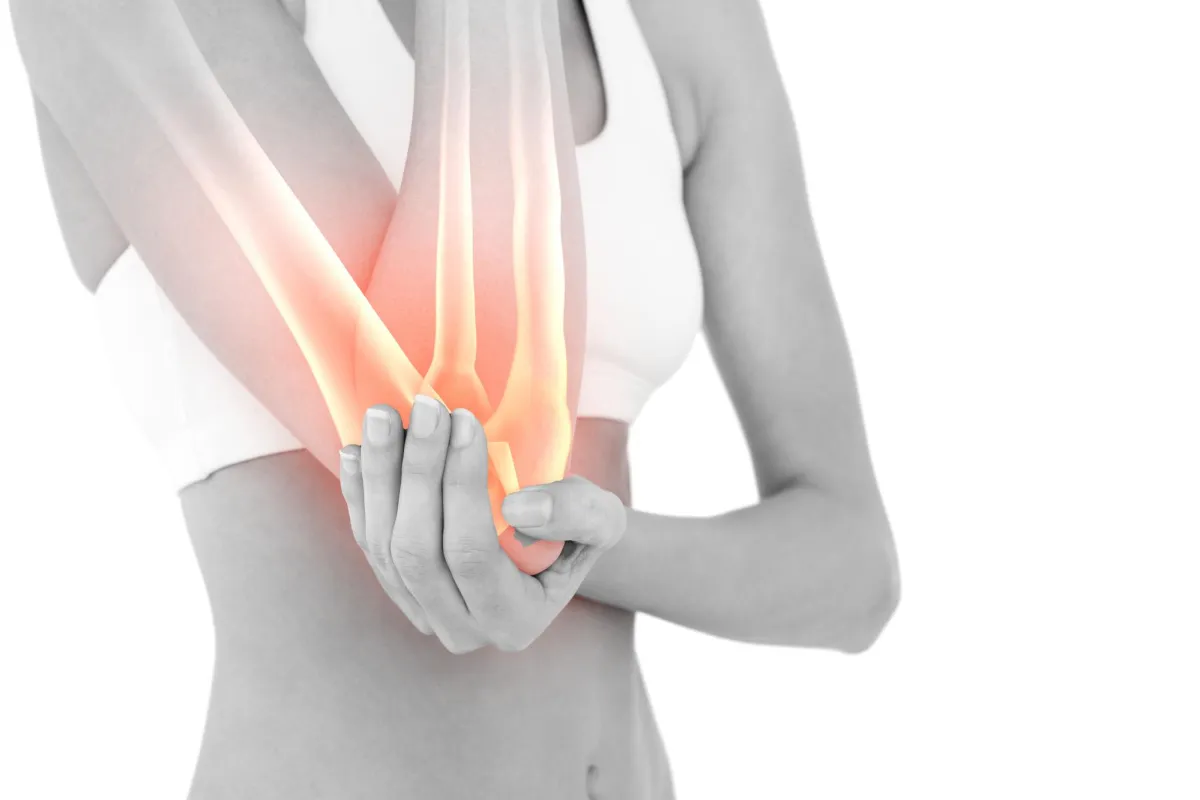
Improved Elbow Function in Lateral Epicondylitis (Tennis Elbow)
A study by researchers at the University of Birmingham, in collaboration with the Institute of Osteopathy, explored the effects of osteopathic treatment on lateral epicondylitis, commonly known as tennis elbow.
The randomised controlled trial, published in the Journal of Bodywork and Movement Therapies, compared osteopathic manual therapy to a wait-list control group.
After an 8-week intervention, patients receiving osteopathic treatment demonstrated a 61% reduction in pain and a 53% improvement in elbow function, as measured by the Patient-Rated Tennis Elbow Evaluation (PRTEE) questionnaire.
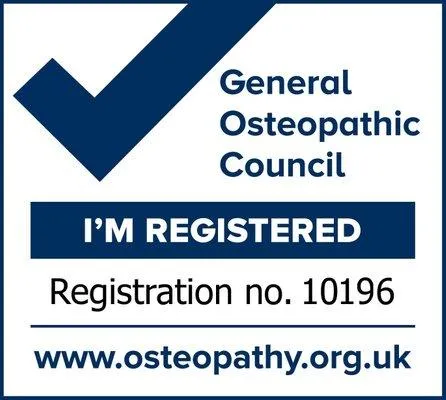
Book a Consultation
Talk to our Osteopath About Your Joint Pain
Choosing Samantha Frith for your osteopathic care comes with the peace of mind that you're in the hands of a highly qualified and registered professional. As a member of the General Osteopathic Council, Samantha adheres to the highest standards of practice and ethics in the field. This means you can expect:
Expert care: Samantha's extensive training and qualifications ensure that you receive the most effective and appropriate osteopathic treatments for your joint pain.
Safe and regulated practice: As a registered osteopath, Samantha follows strict guidelines and regulations set by the General Osteopathic Council, guaranteeing that your health and safety are always the top priority.
Continuous professional development: Membership in the General Osteopathic Council requires ongoing education and training, which means Samantha stays up-to-date with the latest techniques and advancements in osteopathic care.
Join Paint & Osteopathy FAQs
What types of joint pain can osteopathy help with?
Osteopathy can be effective in managing a wide range of joint pain conditions, including osteoarthritis, rheumatoid arthritis, sports injuries, repetitive strain injuries, postural problems, and overuse syndromes.
Osteopathic treatment is particularly beneficial for pain in the knees, hips, shoulders, elbows, wrists, ankles, and temporomandibular joints (TMJ).
How does osteopathy differ from other treatments for joint pain?
Osteopathy takes a holistic, whole-body approach to treating joint pain, focusing not only on the affected joint but also on the surrounding muscles, ligaments, and connective tissues that may contribute to the problem.
Osteopaths use gentle, hands-on techniques to improve joint mobility, reduce inflammation, and promote healing, without relying on medication or invasive procedures.
This approach aims to address the underlying causes of joint pain, rather than just treating the symptoms.
Can osteopathy help prevent joint problems?
Yes, osteopathy can play a crucial role in preventing joint problems by identifying and addressing potential risk factors, such as muscle imbalances, poor posture, or biomechanical inefficiencies.
Osteopaths can provide personalised advice on exercise, ergonomics, and lifestyle modifications to help maintain optimal joint health and reduce the likelihood of developing painful conditions in the future.
Is osteopathic treatment safe for individuals with chronic joint conditions?
Osteopathic treatment is generally considered safe for individuals with chronic joint conditions, such as osteoarthritis or rheumatoid arthritis, when performed by a qualified and experienced practitioner.
Osteopaths use gentle, non-invasive techniques that are tailored to each patient's specific needs and comfort level. However, it is always advisable to consult with your GP or rheumatologist before starting any new treatment to ensure that it is appropriate for your individual case.
How many osteopathic sessions will I need for joint pain relief?
The number of osteopathic sessions required for joint pain relief varies from person to person, depending on factors such as the severity and duration of the condition, age, overall health, and response to treatment.
Some patients may experience significant improvements after just a few sessions, while others may need ongoing maintenance treatments to manage chronic joint problems.
Your osteopath will assess your progress regularly and adapt the treatment plan as needed to achieve the best possible outcomes.
TESTIMONIALS

Donna Hardingham
Met Sam for the first time last week. It was my first experience of a qualified osteopath. To say I was thrilled with treatment would be an understatement. I struggle with my back.
Happened to mention I’m a headache sufferer. Sam worked her magic and I’m pleased to say so far not a single headache since. My back hasn’t missed a beat either.
Seeing Sam next month on a maintenance schedule.
Couldn’t recommend Sam highly enough. Friendly yet professional. Down to earth and knowledgeable.
Thanks Sam 😊

Hilda Leeward
From the moment I contacted Sam and explained the pain issues I was experiencing she was able to understand and diagnose what I was trying to verbalise.
She provided a prompt appt spot (just as well as I could just about move for pain) when I got there after good clinical queues and check off she worked my back, neck and shoulders.
Without doubt the best analysis and muscles manipulation, knots and kinks working out I’ve ever had!
And we had a good chat too! She was able to locate all the issues I had and found a few I didn’t know I had been struggling with!
I would thoroughly recommend Sam’s services to anyone and I intend to go back because I felt so good afterwards.
Thank you Sam!

Ryan Gates
So happy after my treatment. I have been off work for 2 weeks now in constant pain. I found it very easy to discuss my problems with Sam (lots of them caused by many injuries).
I left the practice and was ache and pain free for the first time in well over a year. Trying not to moan like a wimp while Sam worked all 6 points I had issues with I am now looking forward to my first night of decent sleep in a very long time.
As long as I need to I will always return to this practice as I was made to feel welcome and at ease the moment I walked through the door which made my treatment easier than if I was tense and nervous.
Thank you so much
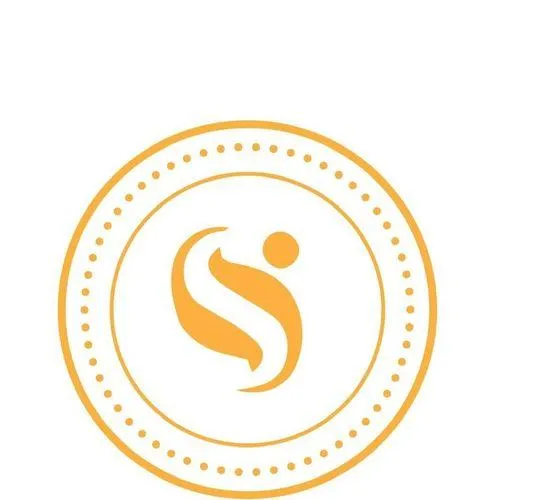
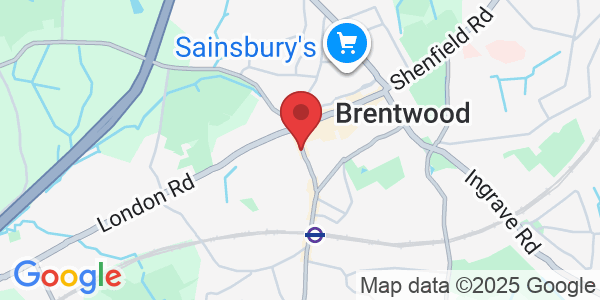
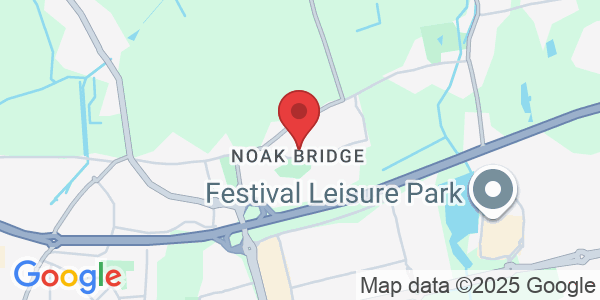
Instagram
TikTok
Facebook
Instagram
TikTok